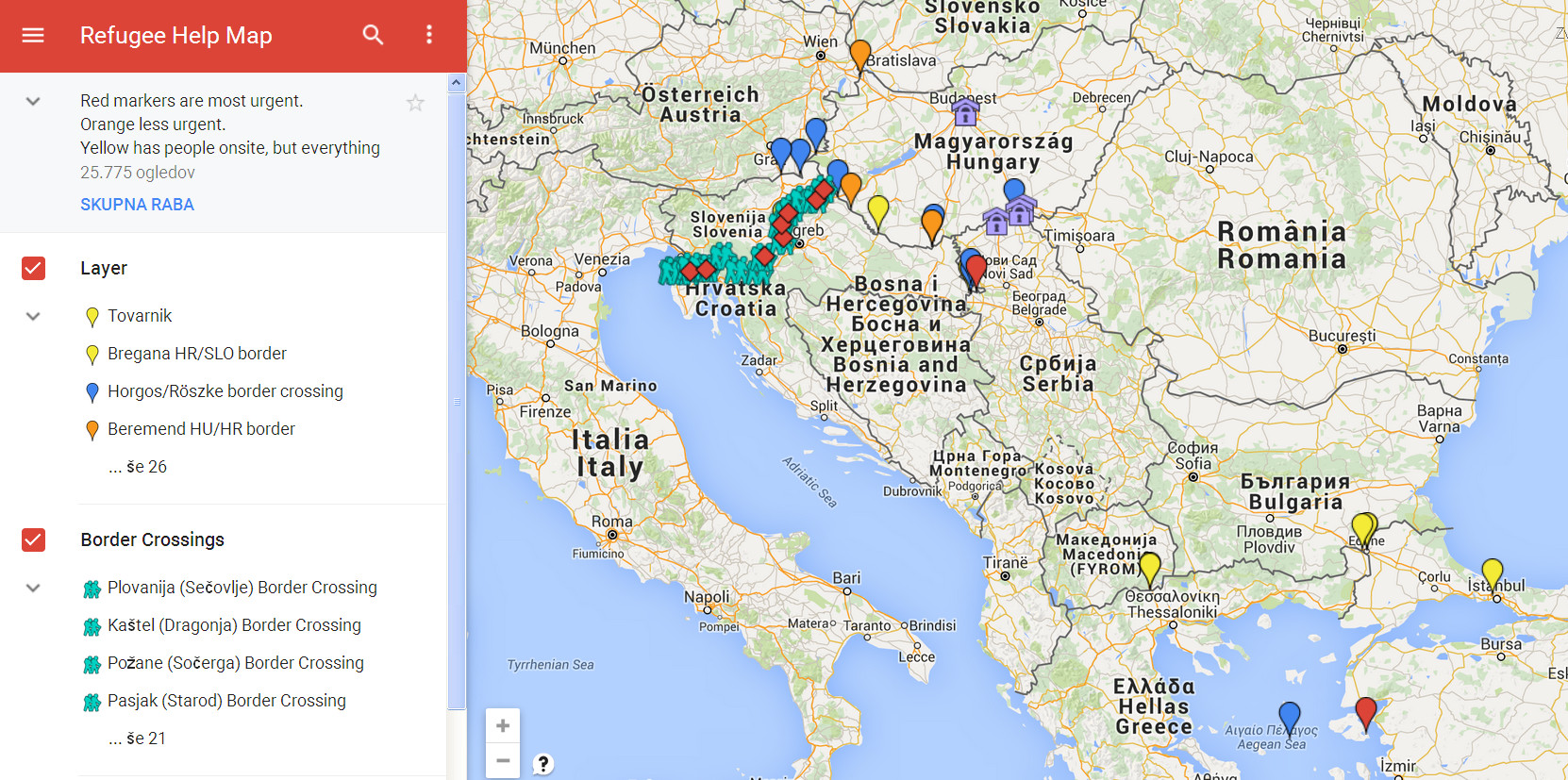Surrounded by samba music, residents of the Metro Mangueira favela were celebrating after a week of conflict. The small community is located next to the Mangueira favela, where 18,000 people live and is the headquarters of “Estacao Primeira de Mangueira”, a famous samba school, where musicians like Jamelao and Cartola composed and played. The celebration that night, January 14, was called “debris samba“, organised by residents with the support of political activists.The idea of that celebration was to raise donations for food and clothing.
During the event, participants were also sharing knowledge of how to do live streaming through a cell phone, a strategic know-how for documenting the brutal eviction process which Metro Mangueira has been suffering since 2010. The favela is just 500m away from the Maracana Stadium, where the World Cup final match will take place in July.
This was the second wave of evictions Metro Mangueira has faced. From November 2010 to December 2013, in the name of the World Cup, 637 families were “resettled” in public residential precincts. Initially, around 100 families were placed in a building complex 60 km away from Mangueira. Later, after many protests and resistance, residents were able to negotiate their relocation to closer destinations. However, while “favelados” were being evicted, others were arriving and occupying the derelict houses. Some of these buildings are already semi-demolished; the government intentionally does not remove debris in order to worsen the living conditions for those remaining. The new occupants are even poorer than the original ones, and most of them are homeless.
Currently, desolation is the right word to describe the favela: streets full of garbage, debris, wastewater, rats and insects. In some cases, people enter and exit their homes through holes in the wall. Rio’s mayor contemplates turning part of the area into a commercial centre for automotive mechanics, and another part into a recreational park. None of it, however, is destined for those people presently living in the favela, as the government is considering the case closed since the eviction of the old residents.
Evicting the homeless
Tensions started rising in the favela on January 4, when Wellington Sabino, a local resident and street vendor was killed by the police. On the following day, a small uprising exploded in the favela as a bus was stopped, emptied out and burned to ashes, and an avenue was blocked for several hours. On January 7, police forces came by surprise and immediately demolished 12 houses, with all occupants’ belongings inside. The atmosphere was already very tense.
The police resorted to tear gas, pepper spray and sound bombs to clear the way for demolitions, but the community resisted. Protesters from the favela set up a barricade, burned some of the omnipresent debris and faced the police advance. Media-activists, live-streaming with their cell phones, Twitter accounts and blogs arrived to reinforce the resistance lines, and so did black bloc-style protesters, who emerged as a major force during the protest wave of 2013. The conflict continued until one o’clock at night. The new wave of evictions was suspended, at least for now.
Nobody received any compensation for the eviction and demolition of their homes. It is the standard procedure in Rio: Residents do not receive “allowances” until their houses are actually demolished and they have little room for negotiation with the government. Before the evictions, houses were marked with a number, the “kiss of death”, meaning that the building will not survive an imminent eviction operation. The government told residents they had 15 days to move or face a police operation.
After the evictions on January 7, officials decided to make an offer: a “social rent” of R$ 460 ($200) per month to be paid by the state, until they could be more properly “resettled” in housing complexes outside the favela. The offer divided opinions. It was considered too small of an amount and too much of an abstract promise. The favelados knew that that the more likely option was facing the police.
The situation in the Metro Mangueira favela is just one more in an endless series of evictions perpetrated by the government since Brazil was officially announced a World Cup and Olympic Games host. According to a report published by the People’s Committee for the Cup and Olympic Games in Rio, a comprehensive social movements’ forum, around 3,000 families were already evicted by May 2013, many of them in violent operations backed by the police. More than 8,000 families currently live in areas marked to be removed. Almost all of them are poor people and every marked community is a favela.
Facing the Maracana, the Metro Mangueira favela stands witness- once again- to the fact that poverty cannot be tolerated in the all-new, modern, developed, “clean” Rio de Janeiro. The lesson learned is simple: Limiting gentrification is not a matter of law or democratic procedures, but of struggle. Only an opposition force, boosted by alternative media coverage and organisation, can draw the line and rein in the government’s insatiable drive to put poverty out of sight.
The major wave of demonstrations in 2013, with its self-defence groups, media activism and a general will to stand up and struggle for rights, has brought hope to the favela. The spirit of protest has spread to the favelas and feeds the fire of the favelados’ struggle and their sambas of resistance.
Bruno Cava has a Master’s degree in Philosophy of Law, works with Direito do Comum collective and is the author of “A multidao foi ao deserto; as manifestacoes no Brasil em 2013”.
Rodrigo Bertame is an architect and a blogger, working on favela urbanisation projects.
1193
The views expressed in this article are the authors’ own and do not necessarily reflect Al Jazeera’s editorial policy.










